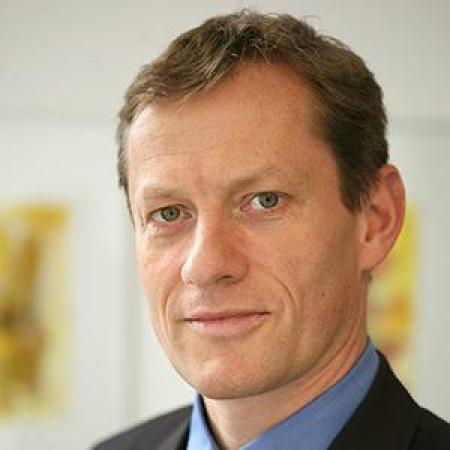
Thomas Sunn Pedersen
Thomas Sunn Pedersen
Type One Energy
Friday, March 10, 2023
3:00pm
Abstract: Stellarators offer substantial advantages as fusion power plants, including intrinsic steady-state operation, low recirculating power, benign heat loads onto the plasma-facing components (PFCs), and the absence of complications associated with runaway electron beams. These benefits have been shown in a number of experiments, in particular Wendelstein 7-X, which also has shown substantial reduction of neoclassical transport through a careful computational optimisation of the magnetic topology. New optimisation codes are producing stellarator magnetic configurations which are substantially better, in particular with respect to fast-particle confinement - a critical issue for a D-T fusion reactor, since the fusion-born alpha particles can cause substantial erosion of the PFCs even if a relatively small fraction of them are lost promptly, before thermalisation with the bulk plasma particles. Due to these advantages, and recent technological advances allowing substantially higher magnetic field strengths and much more rapid production of the highly three-dimensional hardware needed for stellarators, a fast path to a net-power-producing high-field stellarator first-of-a-kind power plant appears feasible. This talk will start with a brief introduction to stellarators, then review recent advances in stellarator science and technology, and discuss elements of the roadmap to such a net-power-producing stellarator fusion reactor.
Bio: Thomas Sunn Pedersen received his PhD in 2000 from MIT, working on soft-x-ray diagnostics and impurity transport on Alcator C-Mod, advised by Robert Granetz and Miklos Porkolab. That same year he joined the Columbia University faculty, where he oversaw the conception, design and construction of the CNT stellarator, which went into operation in 2004, dedicated to the studies of non-neutral plasmas confined on magnetic surfaces, and the effects of ExB drifts on the confinement of particles in a classical stellarator. In 2011, he left Columbia University to take on the position as Director of Stellarator Edge and Divertor Physics at the Max Planck Institute for Plasma Physics, working on the Wendelstein 7-X stellarator, and teaching as a Professor of Physics at the University of Greifswald, Germany. At the start of 2023, he joined the Type One Energy Group as Chief Technology Officer, pursuing a rapid path to high-field stellarator-based fusion net energy production.